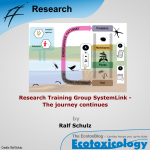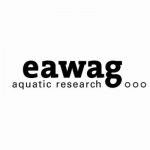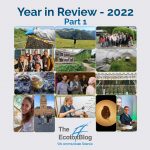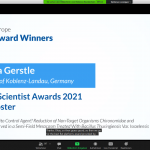How climate change will alter the effects of toxicants is a key concern in the 21st Century. Rising water temperature can increase the toxicity of some contaminants to stream-dwelling animals in laboratory conditions, as has been shown for the most widely used insecticides in the world – the neonicotinoids. But until this study, whether this translates to more realistic environmental scenarios remained to be tested. In this blogpost, Sam Macaulay talks about his mesocosm experiment studying the effects of rising water temperatures and neonicotinoids on stream invertebrate communities.
Continue reading →







